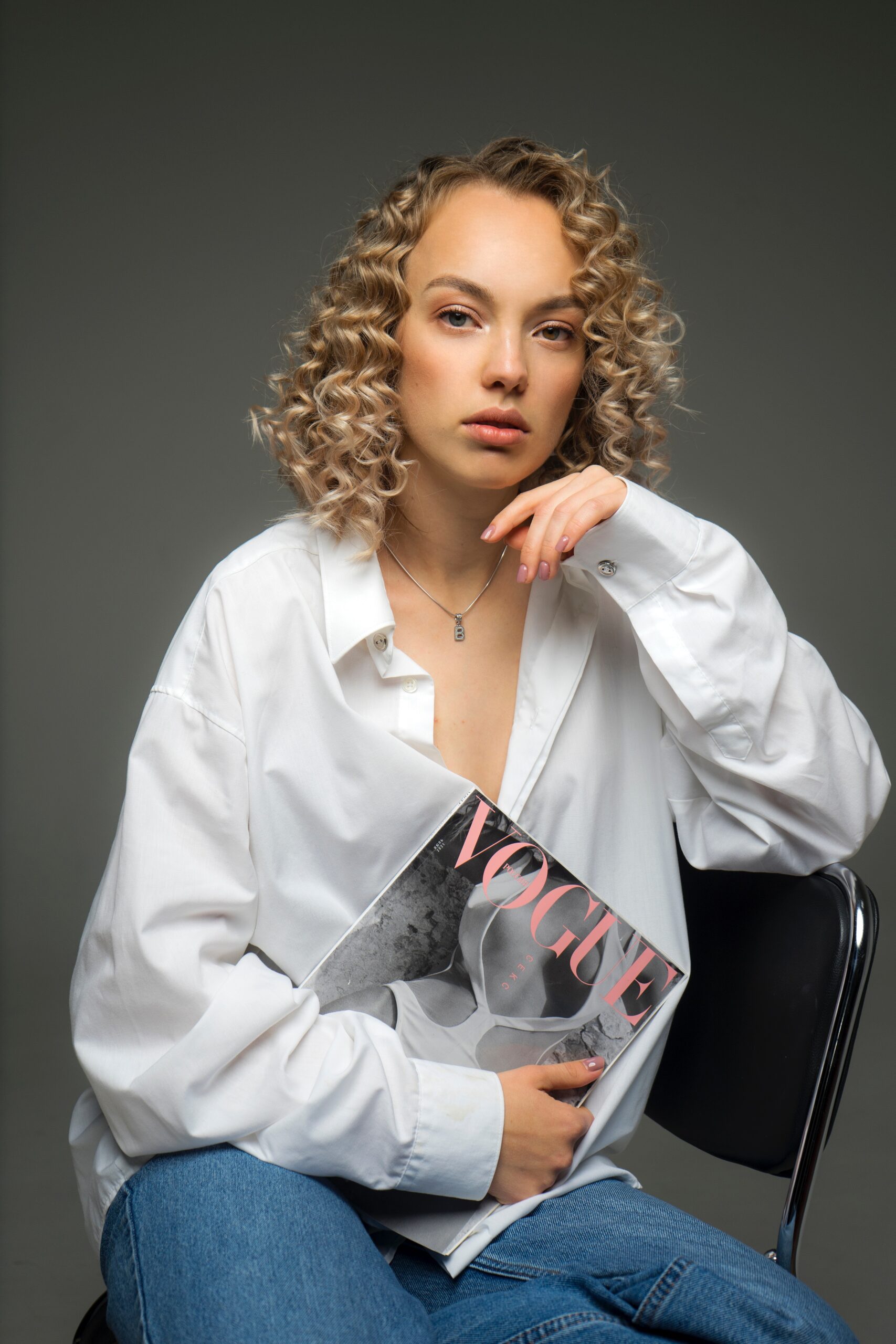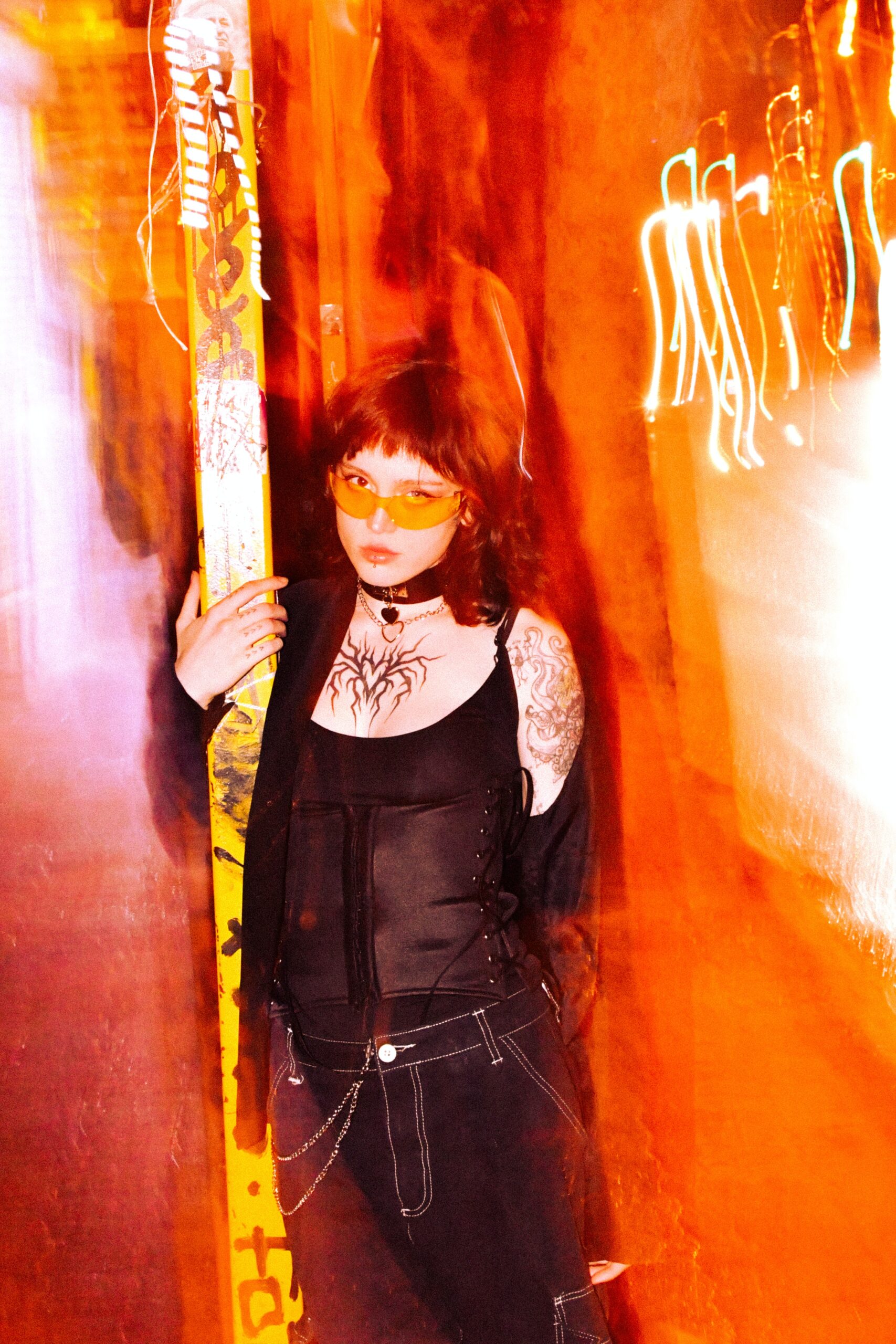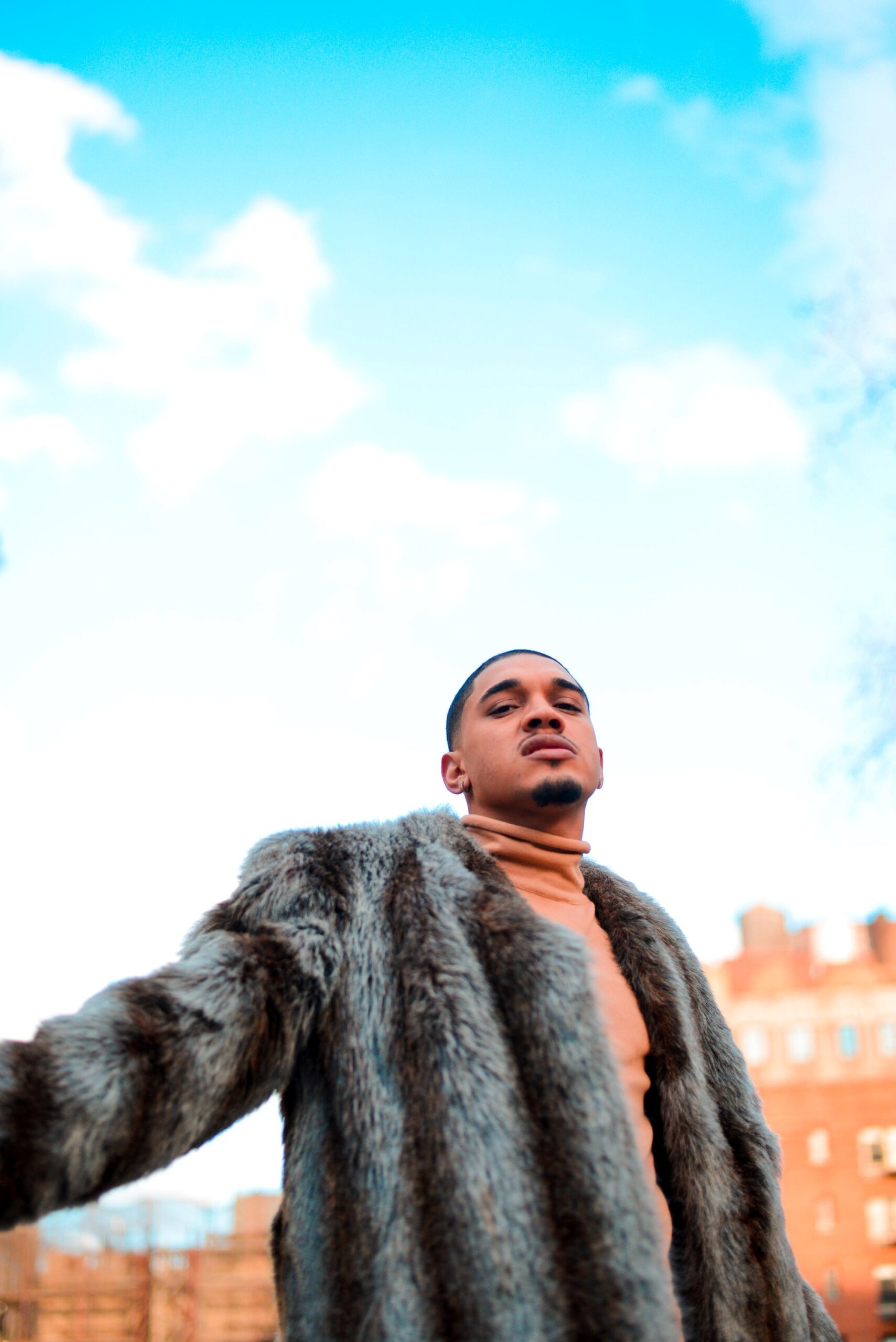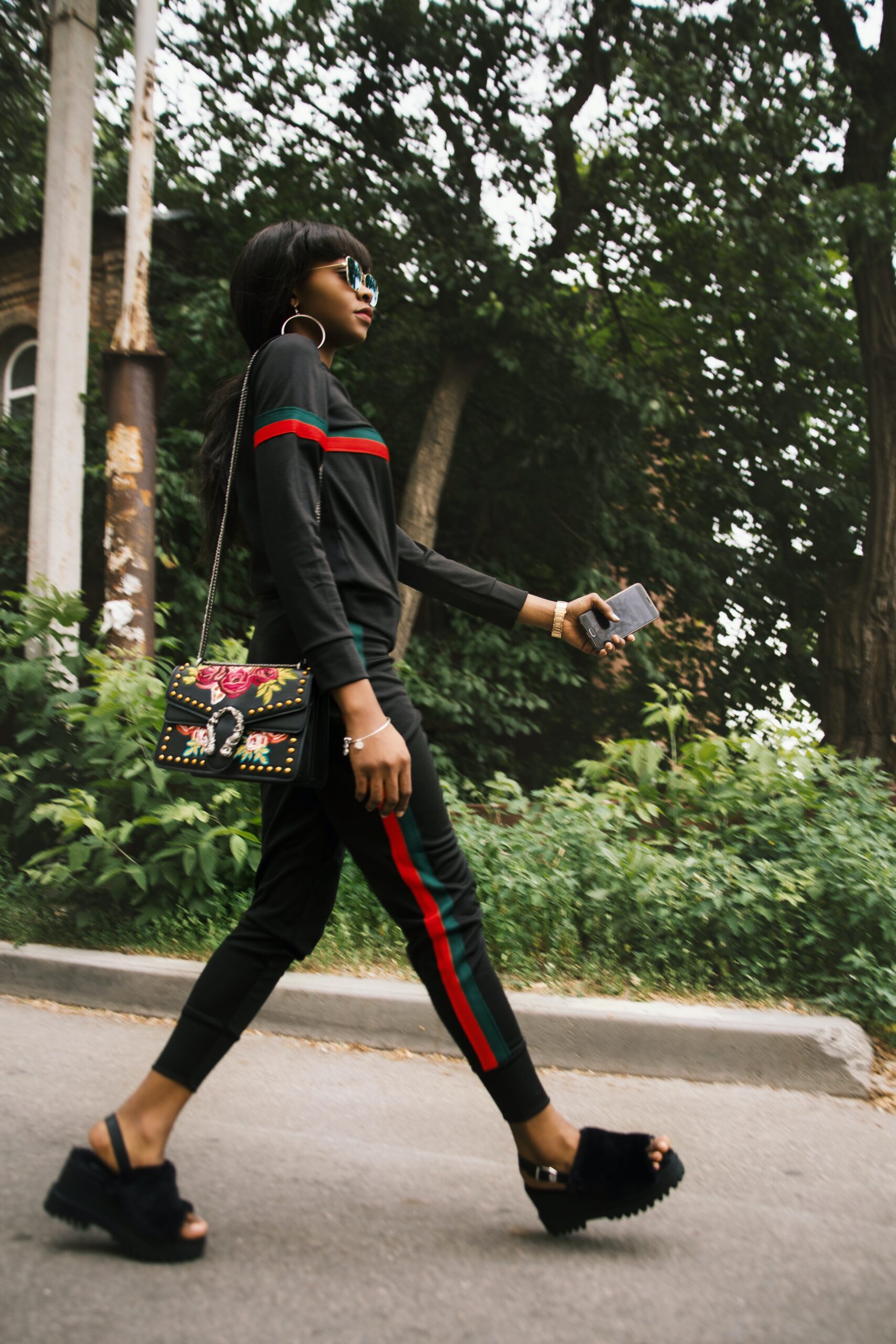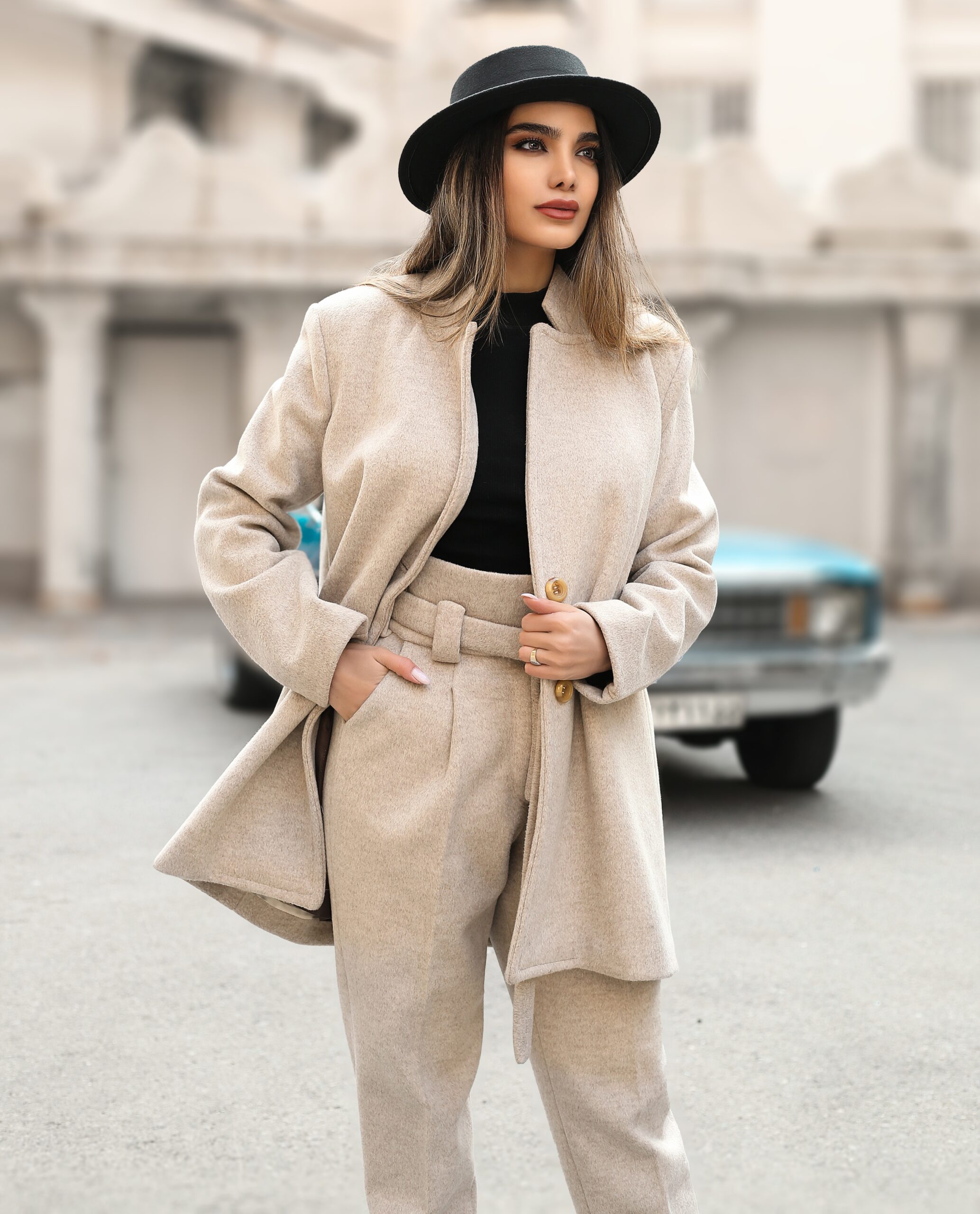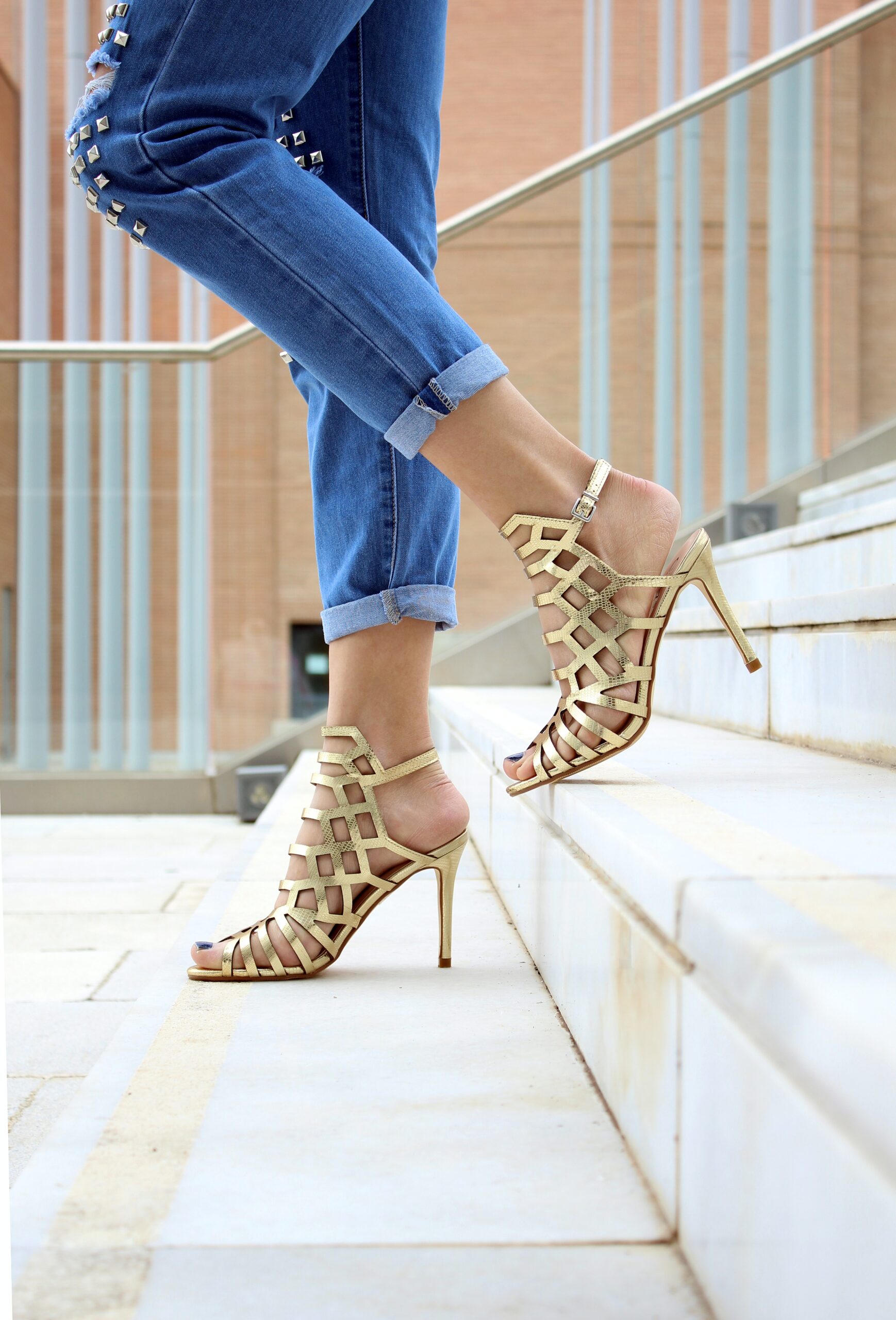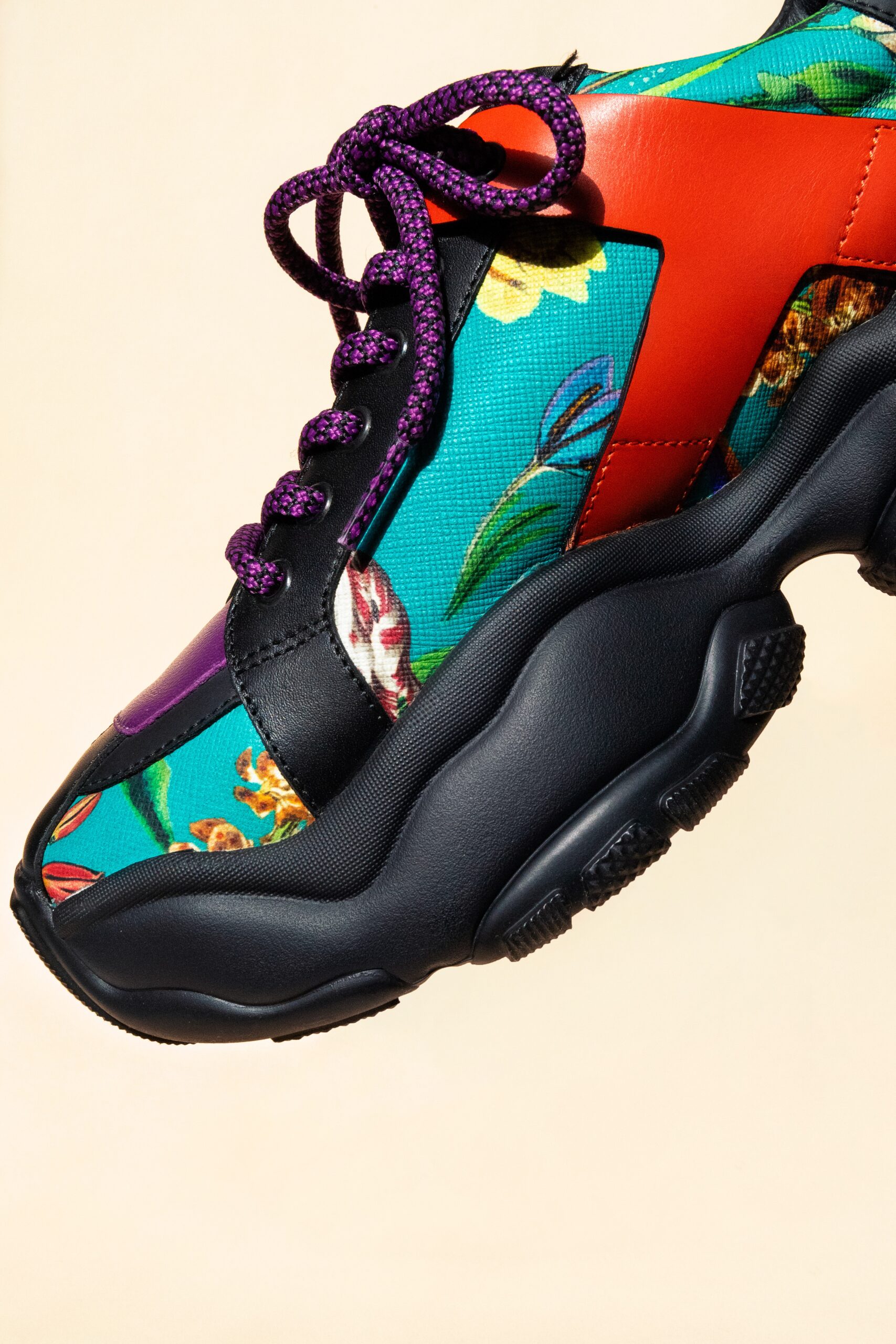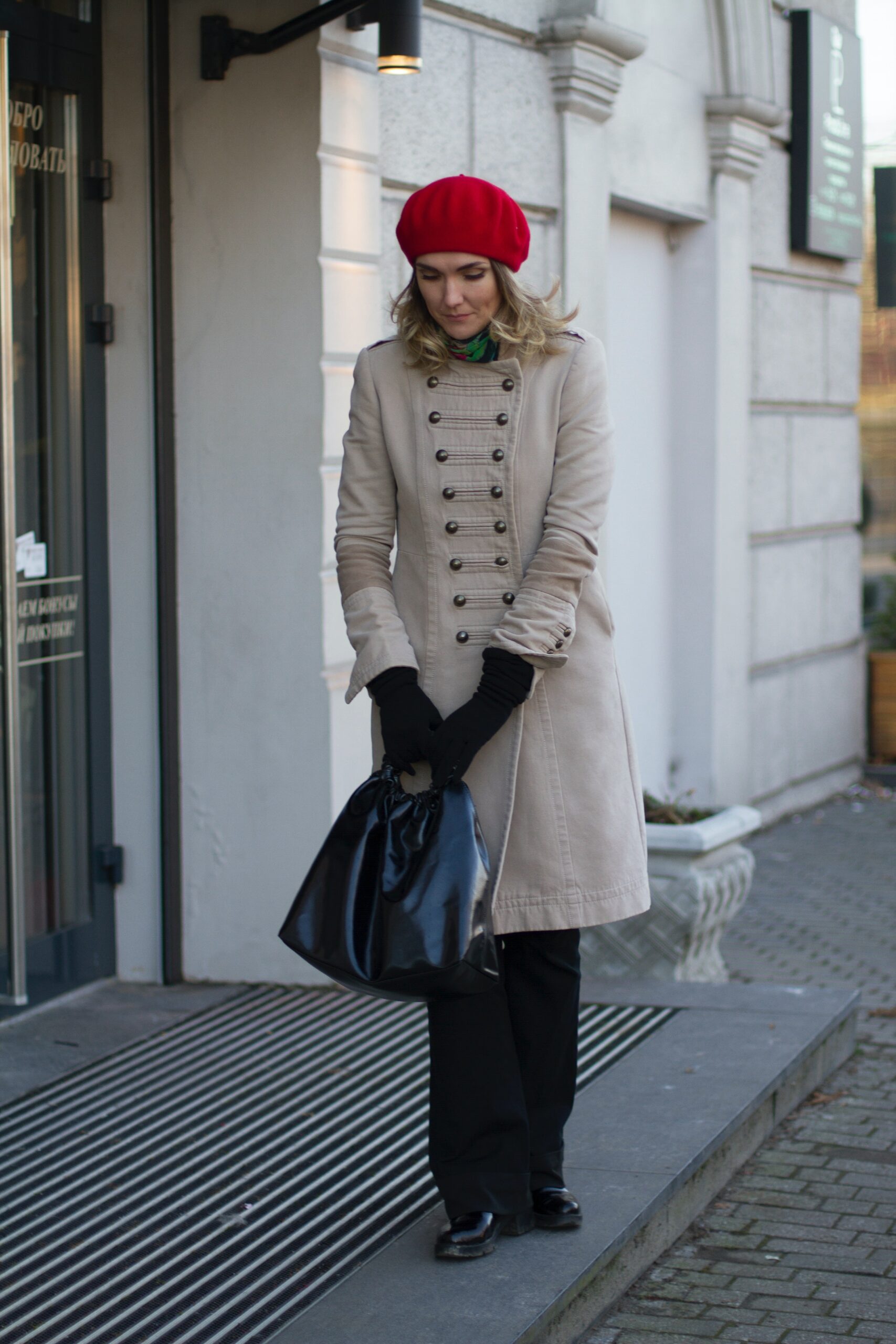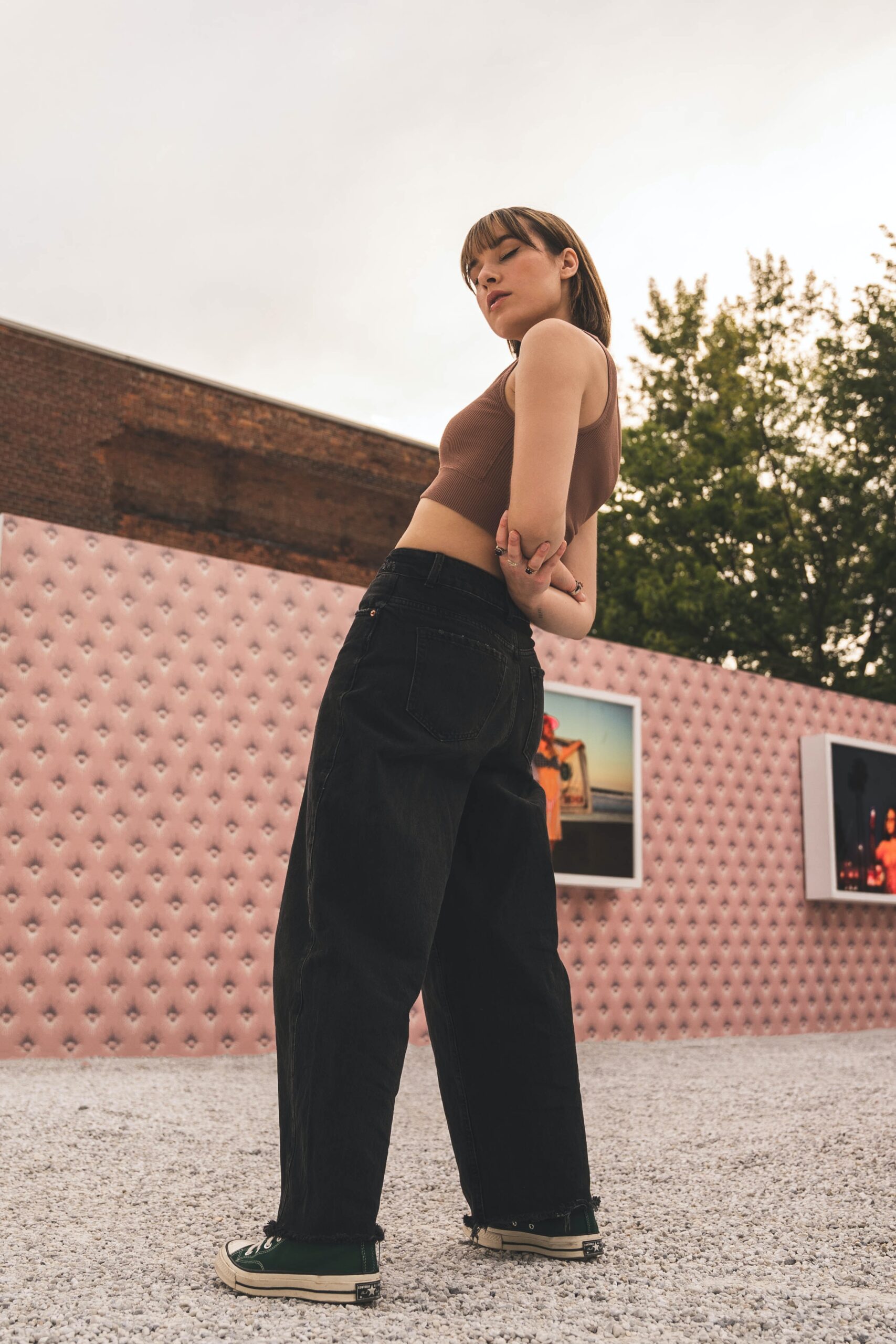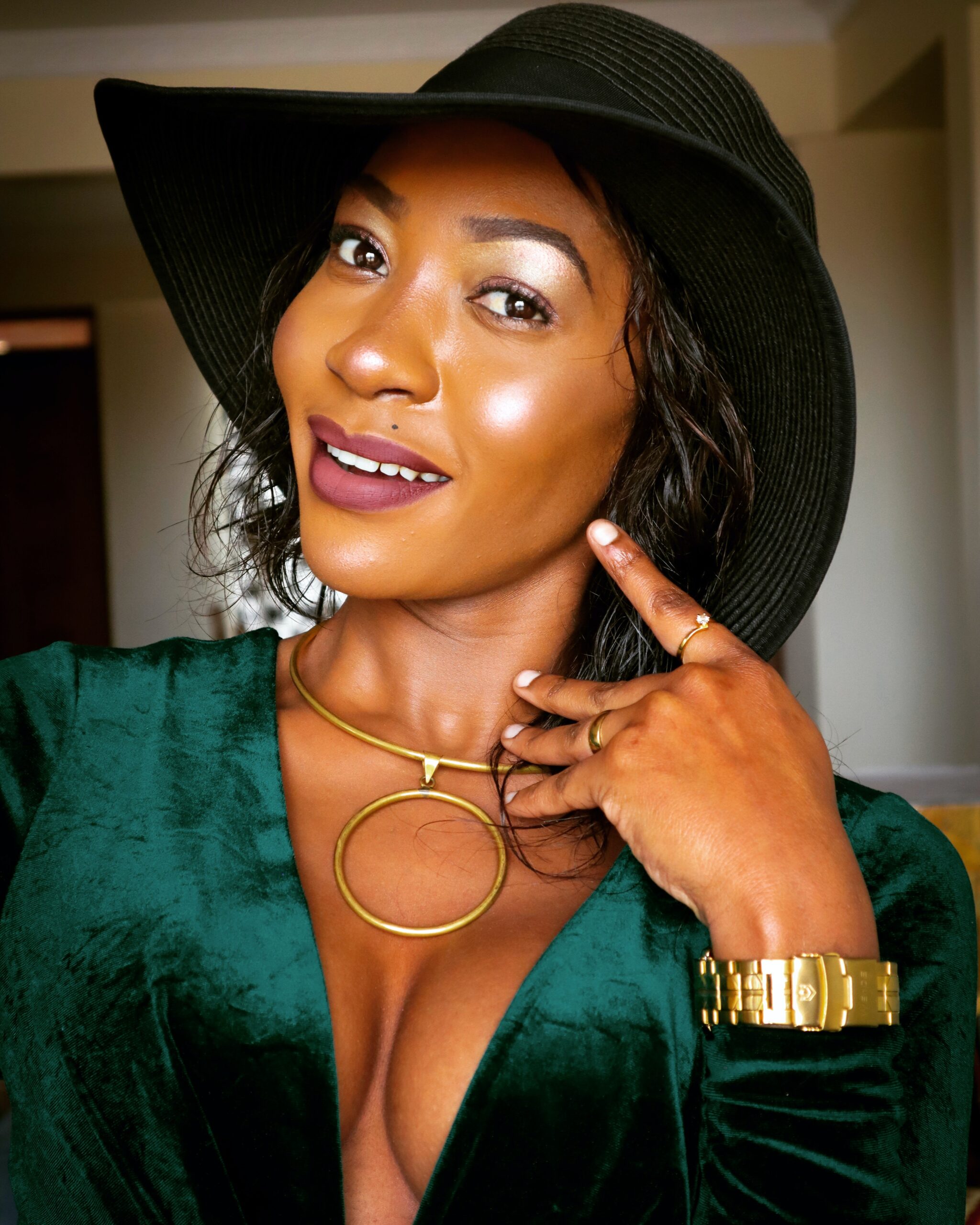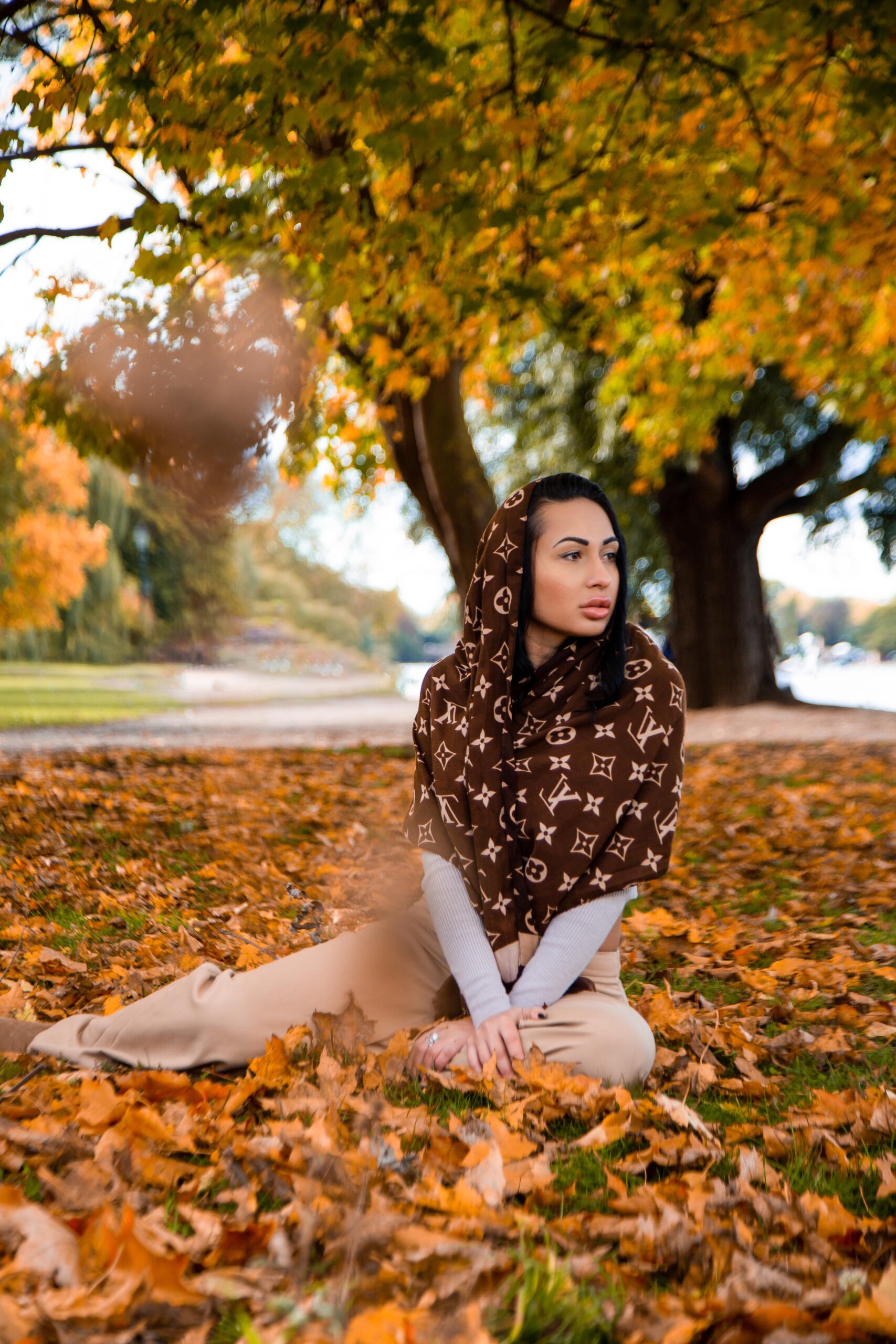Introduction
Several major fashion trends that captivated France in the 2010s and impacted the rest of the world were seen in different aspects of the 2010 fashion trends. Ten years ago, the word “emoji” appeared to be a misspelling, while the term “canceled” usually referred to school closures due to inclement weather; just like these terms, fashion had also significantly evolved over the decade. Power, desire, and beauty have all been reprogrammed in the 2010s, resulting in new paradigms that go through cyberspace at the speed of light. The following ten years after the 2000s, trends have become turbulent and revolutionary for the fashion industry.
A significant cultural shift in the fashion business occurred in the 2010s, partly because of one app. Since the creation of Instagram in 2010, the world, including fashion, has changed significantly. Instagram introduced health culture, influencer marketing, and the notion of “pics or it didn’t happen.” In the meantime, the fashion industry revived vintage fads like dad shoes from the 1990s and Woodstock-era festival attire. But this decade also introduced us to novel concepts like athleisure and must-have, Instagram-approved items. These trends highlight a combination of comfort, sustainability, and a fusion of retro and modern inspirations. They reflect the diversified and dynamic fashion environment of France in the 2010s.
How France’s Fashion Changed in the 2010s
In the 2010s, France’s fashion scene witnessed several changes that reflected both changes in the industry and customers’ interests and preferences. Significant changes in the fashion industry occurred in the 2010s, not the least of which was the growing recognition of the harm caused by fast fashion to the environment. Along with this, there has been a perception that things have hit their height and that Gen Z and millennials are becoming more influential. Additionally, there is a perception that fashion diversity is finally becoming mainstream. Here are seven of the most significant changes this decade.
1. Digital Transformation
Digital platforms and technology development during the 2010s significantly impacted how fashion was advertised and consumed in France. Online shopping, fashion blogs, and social media platforms have become potent tools for brands and designers to engage with their audiences and present collections. Customers and the fashion industry can now communicate more directly thanks to the accessibility and speed of digital platforms.
The social network altered both fashion and the entire world. Through a trail of posts and likes, companies like Reformation and Alyx Studio became millennial favorites; fashion shows became expensive spectacles made solely for handheld live streaming; and influencer—a term that wasn’t even in the dictionary—became a career goal. In terms of fashion, it was encouraged to think about Instagram, which may be why leopard-print coats and skirts—rather than little black dresses and handbags—are the essential pieces in the closets of fashionable women.
2. Diversity in the Catwalk
During the 2010s, the issue of diversity on the runway was a key source of debate and advancement in the fashion industry everywhere, especially in France. On the French catwalks, attempts were made to encourage diversity and inclusivity. Yet, there were still issues and space for growth. Supermodel Naomi Campbell said that black models had been “sidelined” by modeling agencies due to their skin tone back in 2008. As a positive response, France fashion designers have begun to see the value of including models of many ethnicities on the catwalk. There was a change in the 2010s toward acceptance of various body types and sizes.
3. The End of Real Fur and the Beginning of Sustainable Fashion
Years of persistent campaigning are beginning to bear fruit as luxury brands, one after another, remove fur from their product offerings. There are other animal-and-planet-kind alternatives to live trapping and fur farming, which nonetheless result in the death of countless animals, such as leather, whose production is notoriously poisonous and kills far more animals than the fur industry. Because of these issues, fashion NGOs, influencers, and groups advocated the importance of sustainable practices, and consumers were made aware of the fashion business’s adverse social and environmental effects. The adoption of environmentally friendly textile methods was pursued. Some companies experimented with natural dyeing methods, which used plant-based colors rather than synthetic ones, which utilize non-toxic chemicals, thereby minimizing pollution. Upcycling and recycling of materials became popular ideas. Designers started using used textiles and clothing to make new items. Vintage fabrics were frequently used, providing materials that could have been thrown away a second chance.
4. Androgynous Fashion of the 2010s
Until now, androgynous fashion trends have been popular. You might be tempted to think that androgynous fashion is a novel idea if you’re unfamiliar with the phrase. However, the 17th century is when androgynous fashion first emerged. When women began to feel that their clothing was restricting their performances and daily activities, androgynous fashion began to gain popularity. When female activists first appeared and started donning men’s clothing, the movement exploded in popularity. It continues to be a practical fashion trend since a new generation of designers is working to establish androgynous fashion as a staple in the industry in the early 21st century.
Additionally, several celebrities are being lauded as innovative trendsetters as the media continues mainstreaming the “androgynous look.” Androgyny is acquiring enormous popularity in popular culture in the present era. Celebrities are joining the trend by collaborating with androgynous designers and gender-neutral clothing lines.
5. Minimalism Continues to be a Trend
Clean lines, straightforward silhouettes, and modest elegance were in style during the 2010 France Fashion Week. Less is more was the mantra adopted by designers, who concentrated on the necessary classic, timeless elements. Phoebe Philo took over Celine in 2008, but her big break wouldn’t come until 2009 when the French fashion house finally saw the unveiling of her first collection. As it turned out, her loose silhouettes, A-line skirts, and vibrant nude hues gave the brand-new life. They essentially made minimalism one of the decade’s significant trends. Yes, the minimalist items you see now are examples of the “Phoebe Philo effect.” Since the designer departed the company in 2017, fashion insiders are still experiencing a hint of separation anxiety.
The Fashion Influencers of the 2010s
French fashion is among the most highly recognized worldwide because of its classy, elegant, and effortlessly chic style. The balance between seeming dressed-up and casualness is at the core of French fashion, or as the French say, “chic décontracté.” This balance can be seen in everything from well-made yet natural-looking hair and cosmetics to essential but put-together attire. However, many French fashion influencers today fuse traditional French fashion with their personal preferences and cultural backgrounds. Their social media posts begin to resemble American street style with Italian high fashion influences. These French trendsetters broaden the French aesthetic and make it easier for many fashionistas to imitate. Here are some of the most well-known French influencers who shape the French fashion business so it can stay up to date.
1. Camille Charrière
A well-known French-British fashion blogger, podcast host, and influencer, Camille Charrière rose to prominence in the 2010s. Charrière has established herself as a respected personality in the fashion world thanks to her exquisite sense of style and ability to combine high-end design with affordable goods easily. She just reached the milestone of 590,000 Instagram followers. She was included in the Business of Fashion 500 list of influential figures in fashion. Five years after starting her blog Camille Over the Rainbow, Camille Charrière has joined the exclusive club of influential fashion industry influencers. Charrière is well-known for her sophisticated British-French style with a dash of Y2K spice. She also enjoys writing about fashion and runs her fashion blog.
2. Jeanne Damas
Jeanne Damas juggles her mother, businesswoman, and fashion influencer roles. She is well known for managing her French fashion line Rouje and releasing informal reels of herself and her pals on social media. She is considered the patron saint of French female fashion who embodies a particular ideal of beauty. Damas increased her online visibility and social media following over time by using social media sites like Instagram to share her fashionable outfits, brand collaborations, and insights into her daily life. She worked with various fashion businesses as her fame expanded. She was in high demand as an influencer and brand ambassador. Damas frequently uses timeless classic items with a contemporary spin. She came to be identified with the “French girl” aesthetic, distinguished by a commitment to quality above trends and an air of effortless elegance. Many ladies worldwide turned to her for style inspiration because of how meaningful her clothing and fashion choices were.
3. Anne Laure Mais
French influencer and creative director Anne-Laure Mais is based in southern France. She began her career in the fashion business ten years ago, and today she designs for both brands and her label, Musier Paris. The Parisian it-girl is a pioneer in fashion trends, and she is renowned for her love of fashionable vintage clothing and her feminine and impulsive sense of style. She also enjoys painting and is very passionate about the arts. It’s safe to say Anne Laure Mais knows a thing or two about style, with over half a million followers, an enviably glamorous Instagram feed, and a profitable apparel brand to boot. Mais embodies everything fashion enthusiasts love about French-girl style, from classic items to statement pieces and a few vintage pieces.
4. Riccardo Tisci
Riccardo Tisci is an Italian fashion designer who became the Creative Director of Givenchy, a French luxury fashion business, from 2005 to 2017. Tisci had a significant influence on the fashion industry while working at Givenchy. He added his distinctive dark and edgy aesthetic to the company, fusing high-end couture with streetwear elements. Striking prints, minute details, and a contemporary interpretation of elegance frequently distinguished his creations. Tisci’s work was widely praised, and became well-known for his partnerships with musicians, artists, and public figures. He has continued to impact the fashion industry in this capacity with his own vision and ground-breaking creations.
5. Phoebe Philo
British fashion designer Phoebe Philo rose to prominence in the fashion world while serving as the creative director of Céline, a French luxury fashion business. For her ten years at Céline, Phoebe Philo established herself as a leader for women looking for chic, perceptive clothes that reflected her global influences through a relatable, modest lens. But when Philo decided to include statement pieces in the seasonal ranges, they were given the Philo touch, applied to sculptural silhouette-altering clothing like long tunics, nipped blazers, and billowing skirts, subverting minimalism with playful snakeskin patterns and delicate fringing. Phoebe Philo is well known for her contemporary and minimalistic design aesthetic, which appeals to critics and fashion enthusiasts. She oversaw Céline’s creative direction, and the brand became renowned for its elegant yet modest design, clean lines, and sumptuous fabrics. Philo frequently aimed to create timeless, adaptable pieces prioritizing comfort and elegance.
Most Popular France Fashion Trend of 2010
In fashion, the last ten years have been particularly noteworthy. Even the most ordinary Jane must have tried one or two of the 2010s’ most popular fashion trends because it brought many trends and developments in the fashion industry. Some of these trends were entirely new, but most featured vintage clothing that had been improved. Many of these fashion trends quickly became popular on social media, and as a result, there were fads upon fads. Celebrities and fashion icons have tastefully not failed to represent different styles in the past ten years.
1. Skinny Jeans and High Heels
Emmanuelle Alt, editor-in-chief of Vogue Paris, epitomized the French editor look by wearing skinny jeans, high-heeled shoes, and a blazer from Chanel or Balmain. In terms of fashion, the early 2010s saw a lot of French women wearing high heels with skinny jeans. High heels and skinny jeans created a chic and contemporary appearance that exuded confidence and a sense of sophistication. This adaptable outfit could be worn for various settings, from more formal gatherings to informal trips. It became a go-to look for many fashion-conscious people in France and garnered international favor.
2. Shirtdress
In fashion, a “shirtdress” is a dress that looks like a shirt but is lengthened to be worn as a dress. A collar, a button-down front, and a waist belt or tie are standard features of shirtdresses. They are renowned for their adaptability and classic allure. There were numerous styles of shirtdresses. For instance, we had the boyfriend shirtdress and the deconstructed shirtdress. It was a straightforward yet elegant ensemble appropriate for any fashionista. During the 2010s, ladies seeking a fashionable and comfy outfit frequently opted for shirtdresses. This trend was welcomed by the French fashion industry, which incorporated characteristics of their distinctive look into shirtdress designs. French designers may have experimented with new fabrics, colors, patterns, and unique features and shapes to give the traditional shirtdress silhouette a dash of uniqueness.
3. Normcore
Around 2010, the fashion trend known as “Normcore” started to gain popularity in several nations, including France. A purposefully unassuming and low-key style distinguishes it. The term “normcore,” a combination of the words “normal” and “hardcore,” was first used in October 2013 and quickly rose to prominence. The goal of this style’s proponents, who saw it as an ironic “anti-fashion” movement in the making, was to blend in by dressing in plain clothes. They often come in neutral colors like black, grey, and khaki. They are unremarkable everyday things like t-shirts, sweaters, Birkenstocks, shoes, and jeans. Typical examples of mainstream dress in France include plain T-shirts, unassuming sweaters, jeans, uncomplicated shoes, and other informal apparel. Instead of striking out, the focus is on comfort and fitting in.
4. Activewear and Athleisure
In France in the 2010s, activewear was distinguished by a fusion of aesthetics and practicality. The emergence of athleisure primarily impacted activewear fashions at this time. This trend merges sports and leisure clothing. ‘Activewear’ was no longer just for the gym; it entered the vocabulary and wardrobes of fashion-conscious people in 2015, and it has not looked back since. Brands like Lacoste, famed for their history in tennis, have remained significant players in the market for sportswear. They provided various sporting products, including polo shirts, tracksuits, and sneakers, incorporating traditional design and contemporary performance elements.
5. Dad’s Sneakers
There are many names for this contentious fashion trend, including the chunky sneaker, dad sneaker, and ugly shoe. These sneakers were revived in the 1990s and popularized by Demna Gvasalia of Balenciaga for his Fall 2017 menswear presentation. The Triple S sneakers by Balenciaga have three soles stacked one on the other, inspiring innumerable variations. This shoe style became popular in France, especially for those interested in fashion who want to stand out. French fashion houses like Louis Vuitton, Maison Margiela, and Balenciaga were significant contributors to the rise in popularity of chunky sneakers during the period.
6. Celine Luggage Tote
The Celine Luggage Tote is one of the iconic bags from the Phoebe Philo era. The Luggage Tote, introduced in 2010, is available in various sizes and hues. The French fashion business Celine created the well-known luxury handbag called the Celine Luggage Tote. It was initially released in 2010, and thanks to its distinctive and fashionable style, it rapidly became well-known. The name “Luggage Tote” refers to the bag’s rigid form and broad front face, which resemble the shape of luggage. Over the years, the Celine Luggage Tote has been offered in various sizes, hues, and materials. It immediately established itself as a brand symbol. It has become a mainstay in the fashion industry and can be seen in the arms of many fashion influencers.
7. Mom’s Jeans
Skinnies didn’t take long to make way for the mom jean, a considerably more forgiving shape. What used to be a fashion signature for mom and dad is now a statement that the retro high-rise trend has taken over, and items like dad shoes and mom jeans are in vogue. In the 2010s, mom jeans, a type of high-waisted denim jeans, became increasingly popular, notably in France. During this time, mom jeans experienced a huge rebirth thanks to the fashion trend of embracing vintage and retro attire. Mom’s jeans have straight or slightly tapered legs, a high waist, and a relaxed fit. French fashionistas adored the mom jeans’ ease and adaptability, which allowed them to be combined with a range of shirts and shoes. They were frequently paired with tucked-in T-shirts or blouses and distinctive belts to emphasize the high waist. French women used mom jeans with straightforward yet fashionable accessories, including ankle boots, loafers, or ballet flats, to create a trendy and carefree appearance.
8. Statement Necklaces and Chokers
The better, the bigger, the more audacious. Statement necklaces, particularly bib types, were trendy. Statement necklaces and chokers were, in fact, major fashion trends in France in the 2010s. These items were essential for completing looks and creating audacious fashion statements. The 2010s saw a considerable increase in the popularity of these accessories, largely thanks to French fashion houses and brands. Statement necklaces and chokers gained enormous popularity in France and other countries because of their appearance on fashion runways, in magazines, and on celebrities.
9. Bike shorts
The resurgence of the bike short is another impact of the athleisure trend. This trend has made its way from the sidewalk to the catwalk, back to the streets, and finally into the wardrobes. Many street-style heroes created a contrast by wearing high-fashion items like heels, jackets, and shirts while wearing lycra leggings. Bike shorts were popular among fashionistas and celebrities in the early 2010s. The emergence of athleisure fashion, in which comfortable, sporty clothing pieces were incorporated into daily wear, was represented in this trend.
10. Logomania
Flashy logos were famous in the 2010s and are ideal for Instagram photo ops. During this time, high-end clothing companies actively adopted and pushed their logos. They created high-profile advertising campaigns with recognizable branding and cleverly included emblems in their designs. The demand for clothes with a strong logo focus was fueled by the strong association that premium logos and prestige had as a result of this more significant exposure. The 2010s saw the advent of social media platforms like Instagram, which aided in quickly distributing fashion trends. With its visually arresting and readily memorable logos, Logomania was especially well-suited for sharing on social media. The movement might be further amplified by influencers and fashion enthusiasts who could easily show off their logo-centric attire to a large audience.
CONCLUSION
The world of fashion is constantly evolving. Some trends burned out into fads and have since been forgotten, while others are still relevant today. But despite your best efforts, all those obnoxious trends from the past were nevertheless trends that captured a specific historical period. The genderless clothes of the 2010s are one example of how fashion has evolved to embrace its power as a platform for debate, whether it be political or social.
France had a significant influence on the 2010’s fashion industry. The large fashion firm Celine was given new life by Phoebe Philo’s simple designs, A-line skirts, and vibrant nude hues, making minimalism one of the decade’s most significant trends. The Phoebe Philo effect is seen in most modern minimalist pieces. The bandage dress, made famous by Kim Kardashian’s renowned Herve Leger designs, would have to be the one thing people would remember about 2010 if they had to choose. This fashion style immediately became a celebrity favorite; naturally, eager fashion girls devoured it. The self-conscious trend entered every quick fashion store and became a popular party looks in nightclubs worldwide. In addition to the bandage dress, other popular 2010 trends include colored jeans, the bubble skirt, and Givenchy’s rottweiler hoodie.
The normcore trend, whose definition confounded even the most knowledgeable fashionistas, would have to be so significant that it aroused international discussion. Ironically, even though normcore was anti-fashion, it was the sexiest trend now. You may recall the style as fluid silhouettes in black and white, sleeveless shirts resembling tents, and clunky slip-on shoes or white sneakers. But for the most part, it just refers to typical suburban attire.
Logomania came back in the 2010s, more extensive and bolder than ever. Logos also made their way into accessories, appearing on Saint Laurent shoes, Balenciaga bags, and Dior hats. Moreover, in this era, the fashion business increasingly emphasizes sustainability and environmentally friendly techniques by combining recycled materials, organic fabrics, and ethical production practices into their collections. Companies like Stella McCartney supported this cause. French fashion in 2010 strongly emphasized building a wardrobe from high-quality fundamentals.
Paris remained the center of the fashion world, and the city’s fashion weeks considerably impacted trends. With a focus on uniqueness and personal flair, Parisian Street style was distinguished by a blend of high and low fashion, merging vintage pieces with modern creations. These 2010 trends emphasized simplicity, craftsmanship, and effortless style, showcasing the French fashion scene’s ability to combine traditional elegance with contemporary inspirations.

